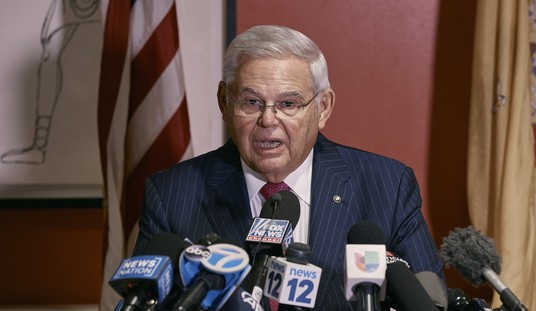While Americans begin to take their first steps in accomplishing their New Year’s resolutions, the White House and the Federal Reserve hope to do the same for the economy throughout 2014. A lot is on the line with a newly confirmed Federal Reserve Chair. This year will be crucial in framing the economic outlook for millions of Americans for years to come. The direction of America’s economic state hinges on the Federal Reserve’s decision-making on interest rates and the rate of tapering quantitative easing. The Federal Reserve’s actions must reflect a careful assessment of labor markets.
Unemployment, hovering around seven percent, remains an economic reality for many Americans. Unfortunately, despite jobless claims having recently dropped, the realities remain even harsher for Millennials. For nearly six years, those between the ages of eighteen and thirty-four have faced double-digit jobless rates. Currently, fifteen percent of workers between the ages of sixteen and twenty-four are unemployed. Unfortunately, the issue of youth unemployment is costing taxpayers upwards of $25 billion a year, over $171 per taxpayer.
So how are things looking for everyone else? New IMF research is shocking; citing that debt defaults similar to that of the 1930’s remains very likely among advanced economies unless there is substantial economic growth and debt restructuring. Since 2010, global debt levels have reached staggering highs among advanced economies, exceeding GDP. Unfortunately, consumer consumption alone may not be able to fully fix the issue. In the past century, most advanced economies with similar levels of debt ultimately faced debt overhang that slowed production and hindered growth.
The IMF’s original global growth forecasts initially indicated that emerging global markets were slowing down. Interestingly enough, the IMF recently decided to revise their forecasts upward, showing signs that there may be more room for expanding markets than originally thought. It’s no coincidence that there isn’t much consensus on how things will play out. So what’s next?
Well, much of what will happen depends on the actions of the Fed. All eyes are now being redirected to incoming Federal Reserve Chairwoman Janet Yellen. Yellen is no new face in influencing monetary policy, however, having served as Vice Chairperson for nearly four years under Bernanke. Not to mention Yellen was one of the architects of the Fed’s quantitative easing program, designed to expand liquidity and stimulate the economy.
Ultimately, there are two variables that Yellen will have major influence over: the rate of tapering quantitative easing (QE) and controlling interest rates. Initially implemented in 2008, quantitative easing has stimulated financial markets by allowing financial institutions to exchange their Treasury bills and mortgage-backed securities for cash. If QE were to be sustained over a long period of time, however, it would only worsen the threats of inflation. The talk of QE tapering has been pretty overwhelming. Last month, the Fed announced it would start the year off by tapering at a rate of $10billion/month, reducing QE to $75billion/month.
Yellen will now have to be cautious in her approach. If the Fed were to taper QE at an alarming rate, as unlikely as it may be, it could mean US bondholders will temporarily face declining returns. If the Fed were to sustain tapering levels at a natural, exponential rate that is reflective of the state of labor markets, however, it could finally place the US on track for normalizing monetary policy. This is why some are bullish about tapering and its effects on equities.
Finally, it all comes down to interest rates. Interest rates have been set to historic lows by the Fed in an attempt to stimulate the economy and spur consumer spending. If the Fed were to raise interest rates to set the trend for restoring monetary policy back to natural levels, it could put the bond market at risk.
Historically, however, higher interest rates have generally been met with higher returns for both stocks and bonds over the long term. Young people, especially, should not get too accustomed to current interest rates. After all, higher rates generally hedge against malinvestment and bad decision-making.
The Fed certainly has a lot to take into account before making its decision. For Yellen, it becomes a matter of deciding to either sustain low interest rates to further promote new credit and borrowing in the short-term or setting the pace to ultimately revert monetary policy back to its natural course. Not doing so, however, could potentially exacerbate the issue and further jeopardize the fiscal state of the US.
Mobin Koohestani is a Young Voices Advocate and was born and raised in Oklahoma City. Mobin is an Economics major at Wake Forest University. Both of his parents are of Persian descent and the majority of his family still lives in Iran. In the summer of 2009, he protested in Iran, against the government, during the Green Movement protests after the alleged fraudulent elections. He was injured and shot with tear gas. Since his freshman year in high school, he was very competitive in speech and debate. He was a highly ranked debater in foreign extemporaneous speaking. Mobin has been interviewed and published in The College Fix, The Intercollegiate Review, and the Define Liberty Magazine. Mobin’s academic interests include studying and analyzing foreign policy, global financial markets, and the history of economic thought.









Join the conversation as a VIP Member